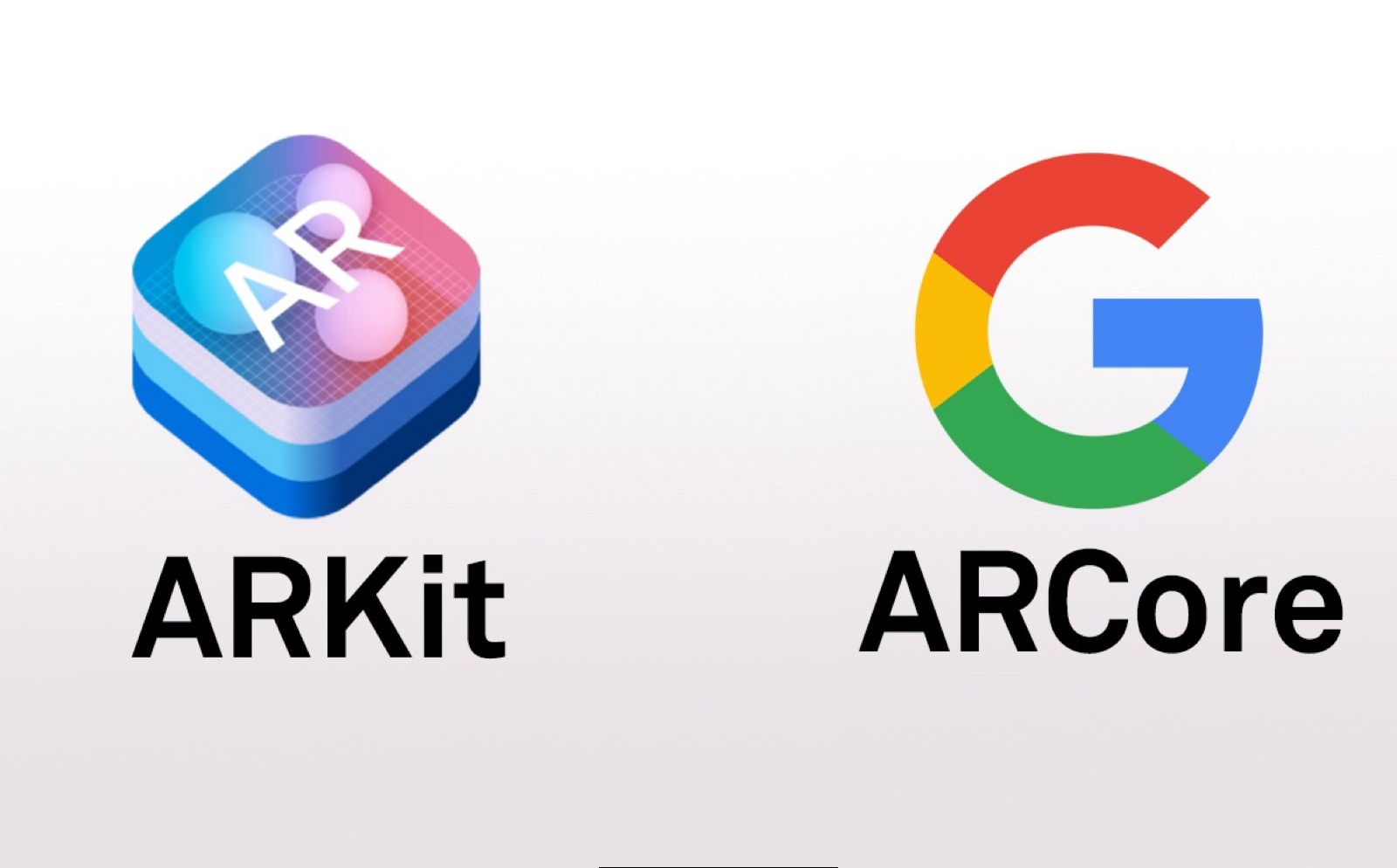When creating any application, retention is a vital part of ensuring users are engaged and continuing to use the app months and years after downloading. Mobile games have been on the forefront of developing advanced retention mechanics, but regardless of whether your app is a game or serves an entirely different purpose, retention is the key to enriching your app’s relationship with its customers and engraining usage into the user’s life.
With that in mind, the Mystic Media Blog will endeavor on a 3 part series on how gamification mechanics can boost retention on any app—not just gaming apps but utility apps, business apps and more. In this first entry, we will explore how appointment mechanics can boost engagement and the importance of passing the Starbucks Test.
THE STARBUCKS TEST

Can your users have a meaningful experience with your application in the time it takes for a barista to make a caramel machiatto—roughly two minutes? That’s the challenge that Nicolas Lovell and other app developers put forth known as The Starbucks Test. We’ve covered it previously in several of our blogs on Gaming and Monetization strategies.
The goal of the Starbucks Test is to encourage users to use the application at any point in their day. When an application becomes a regular part of a user’s life, it puts game developers in the catbird seat to extract revenue through ads and/or in-app purchases. For business apps, it means users are going to be familiar with the app’s interface and ready to use it when they need it most.
With the firm goal of adding features which will pass the Starbucks Test in mind, the question becomes: What can your app offer users within 2 minutes?
The answers vary wildly depending on the application. Some mobile games are designed for the user to complete a full core loop within the Starbucks Test, while others offer side tasks which can be swiftly completed. Shopping applications can prompt users to view new products and time-sensitive price updates while business apps can offer short informative articles or reward users for completing their profile on the app. The key is to not only put forth an action that can be completed swiftly, but to offer users something in exchange for the user’s actions.
CREATE A REWARD SYSTEM

In order to gamify an app, you need to not only create tasks but incentivize the user to complete them by offering some kind of reward. For games, this is easy as almost all games incorporate some kind of level or point system. For non-gaming apps, you have to get creative. Consider these three common rewards:
- Discounts: Offer a direct discount for services, products, or in-app purchases in exchange for completing an action in the application. Discounts that are time-sensitive will add urgency and create FOMO (Fear of Missing Out). Many apps offer some type of discount in exchange for providing reviews on app stores.
- In-App Currency: Offer an in-app currency reward for completing an action in the application. For example, loyalty points help keep customers engaged and incentivize them to shop with you. The Starbucks app employs a profuse gamification strategy using it’s loyalty point program on their mobile app.
- Badges: Some apps employ badge systems to great effect. For example, Alamo Drafthouse patrons receive credit toward a badge system every time they visit the theater. Badges give users the feeling of status and strengthen a user’s identification with brands while incentivizing them to continue using the app to attain new badges.
APPOINTMENT MECHANICS
Once you have a rewards system, the time comes to create tasks that can be completed on a daily basis without infringing on the user’s time. Many mobile games use appointment mechanics—a concept that can extend beyond the gaming sphere. Appointment mechanics are time-based incentives that reward users and create FOMO. If the user does not complete the action in time, they miss out on a reward.
Often appointment mechanics refresh after a specific time interval—hourly, daily, weekly, etc. One commonly used appointment mechanic is a daily login bonus. All the user has to do is login to receive a reward—be it loyalty points or in-app currency. Take it a step further, and you can offer consecutive daily bonuses which accrue as the user completes daily logins. Consecutive daily bonuses can be applied to any action—for example, rewarding users with double loyalty points for using your app to order a product or service on consecutive days.
Mindfulness apps like Headspace take appointment mechanics to the next level by asking the user when they’d like to be reminded to use the app on a daily basis. These regularly refreshing mechanics keep a fresh reward in front of users at all times.
In our next entry, we will explore optimizing the onboarding process to foster long-term relationships with your users.







































